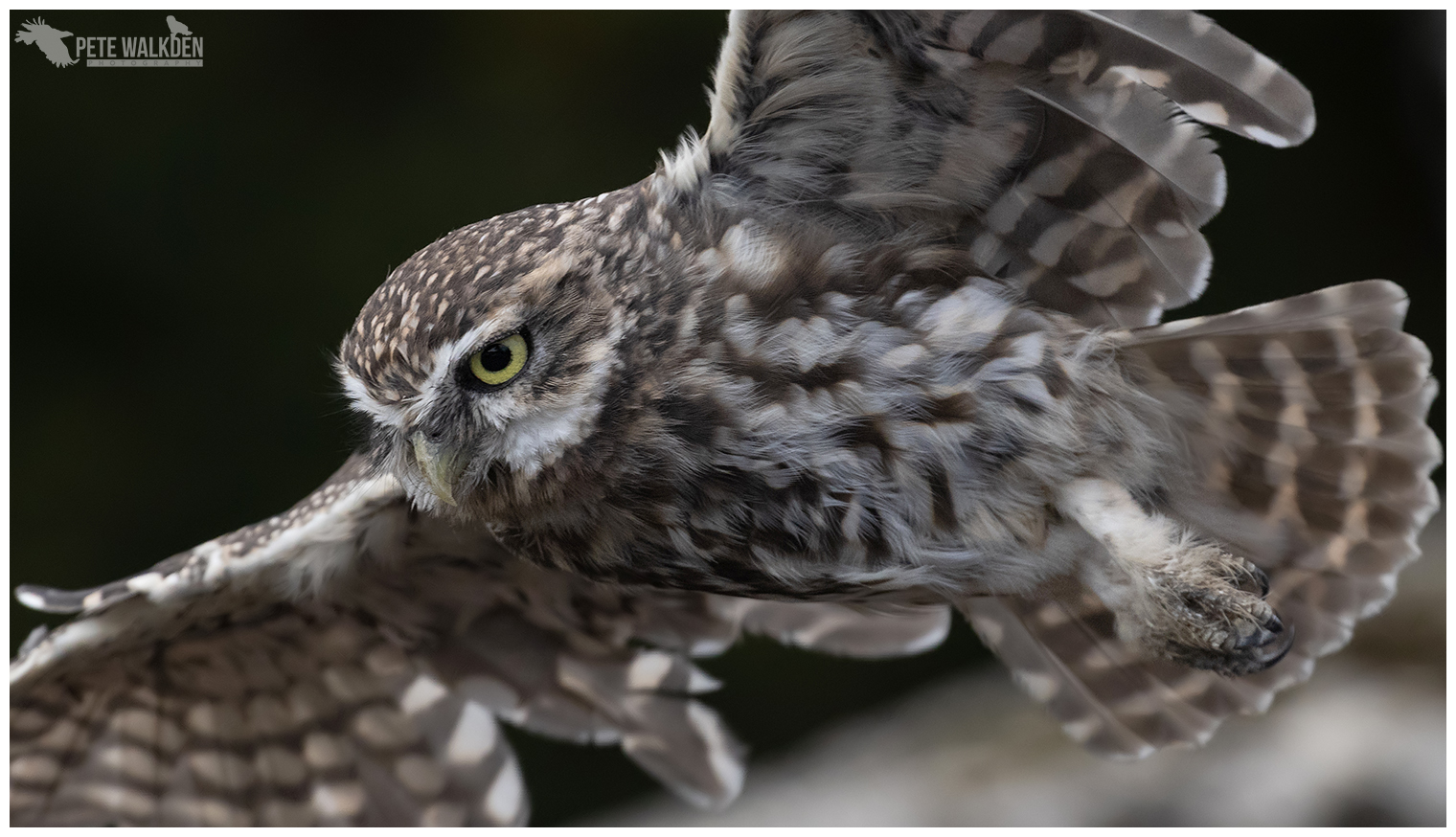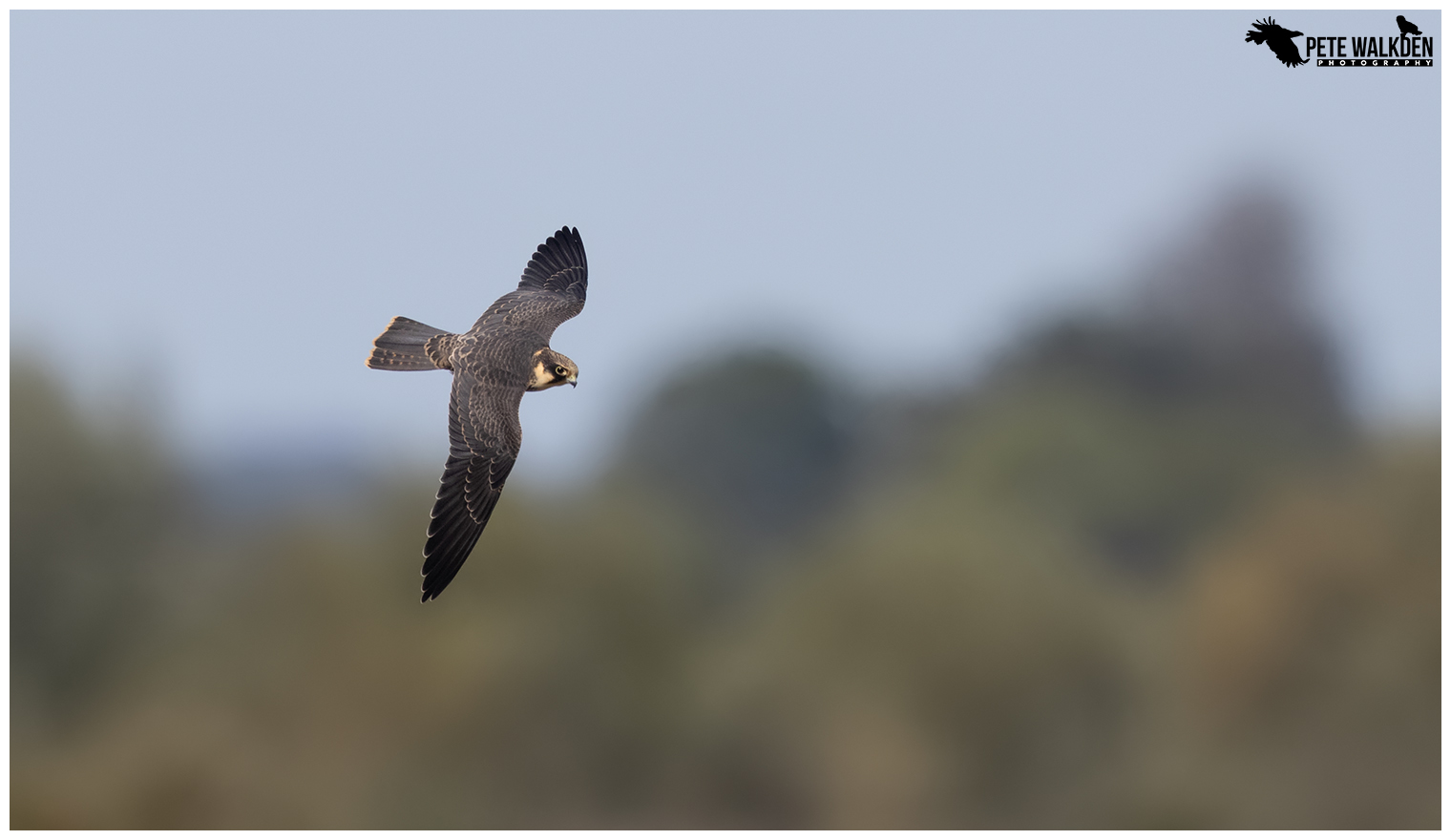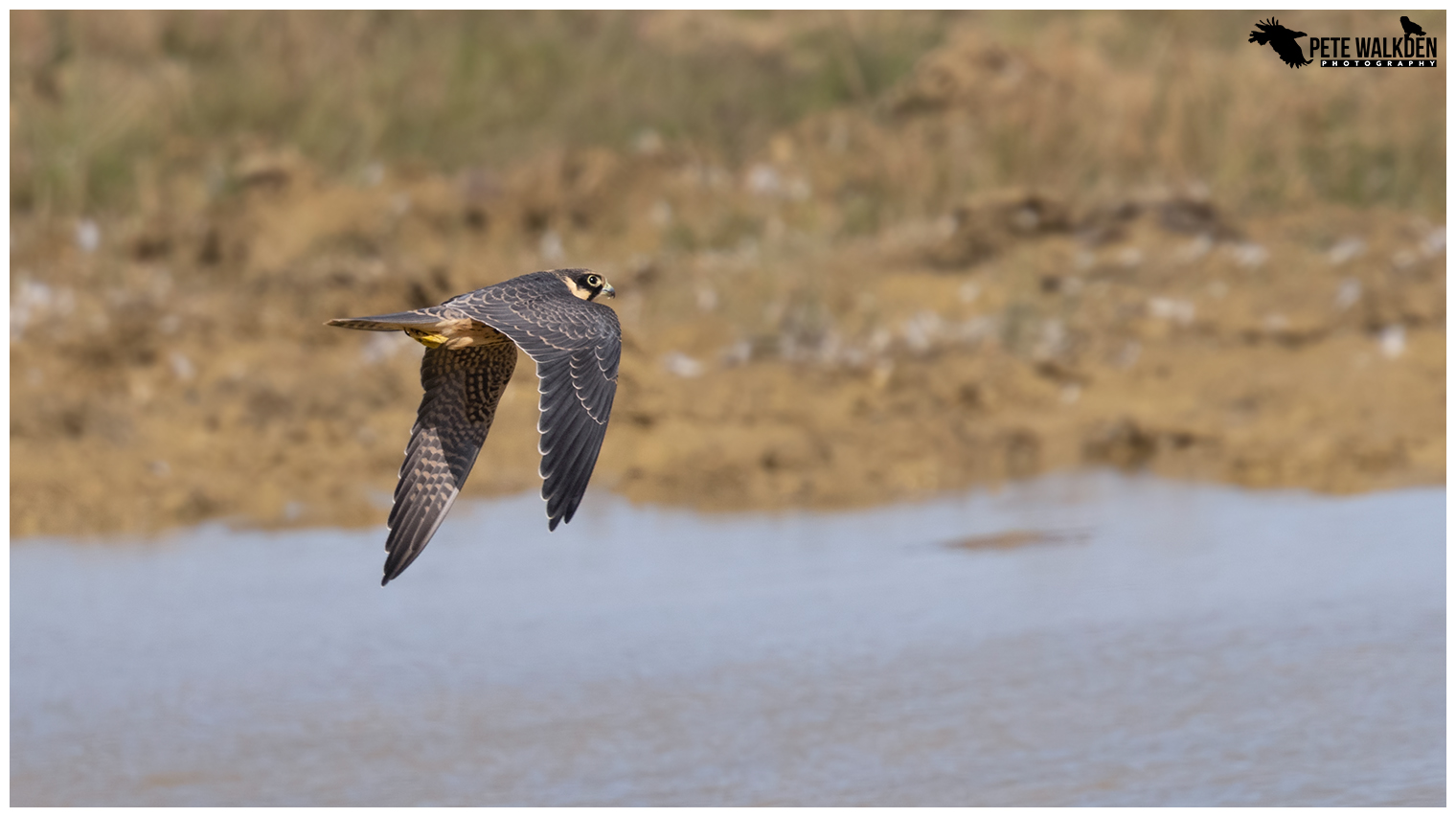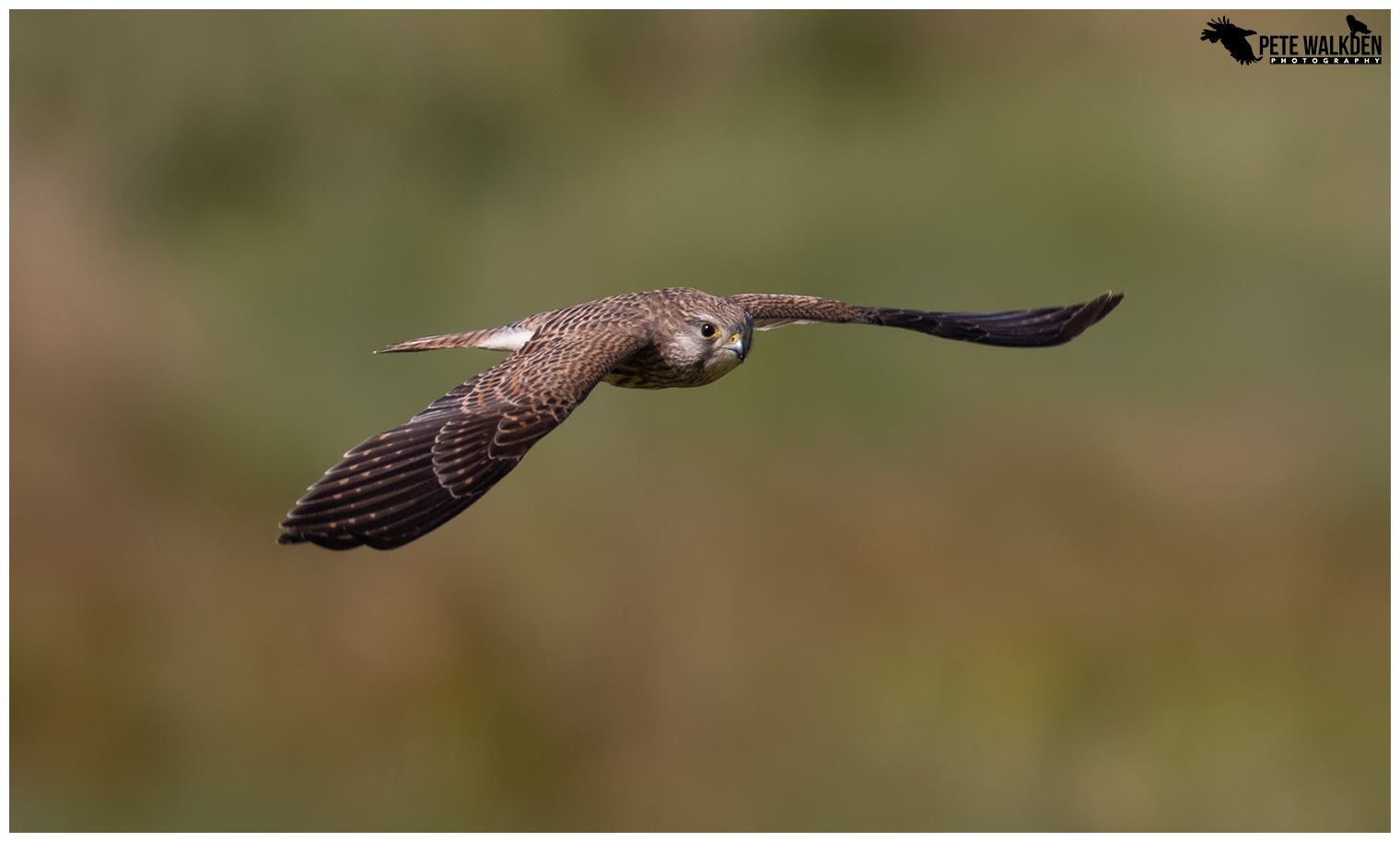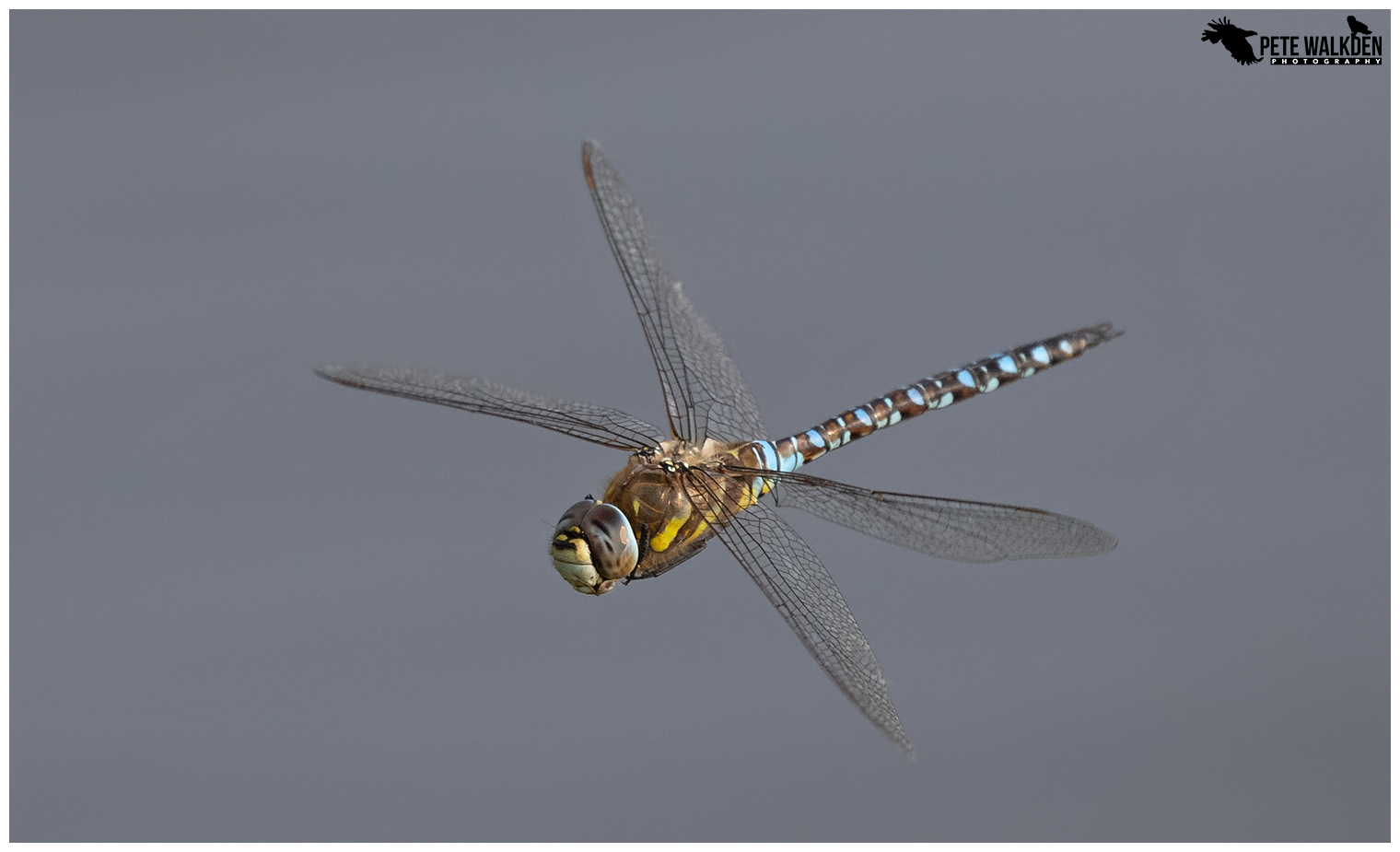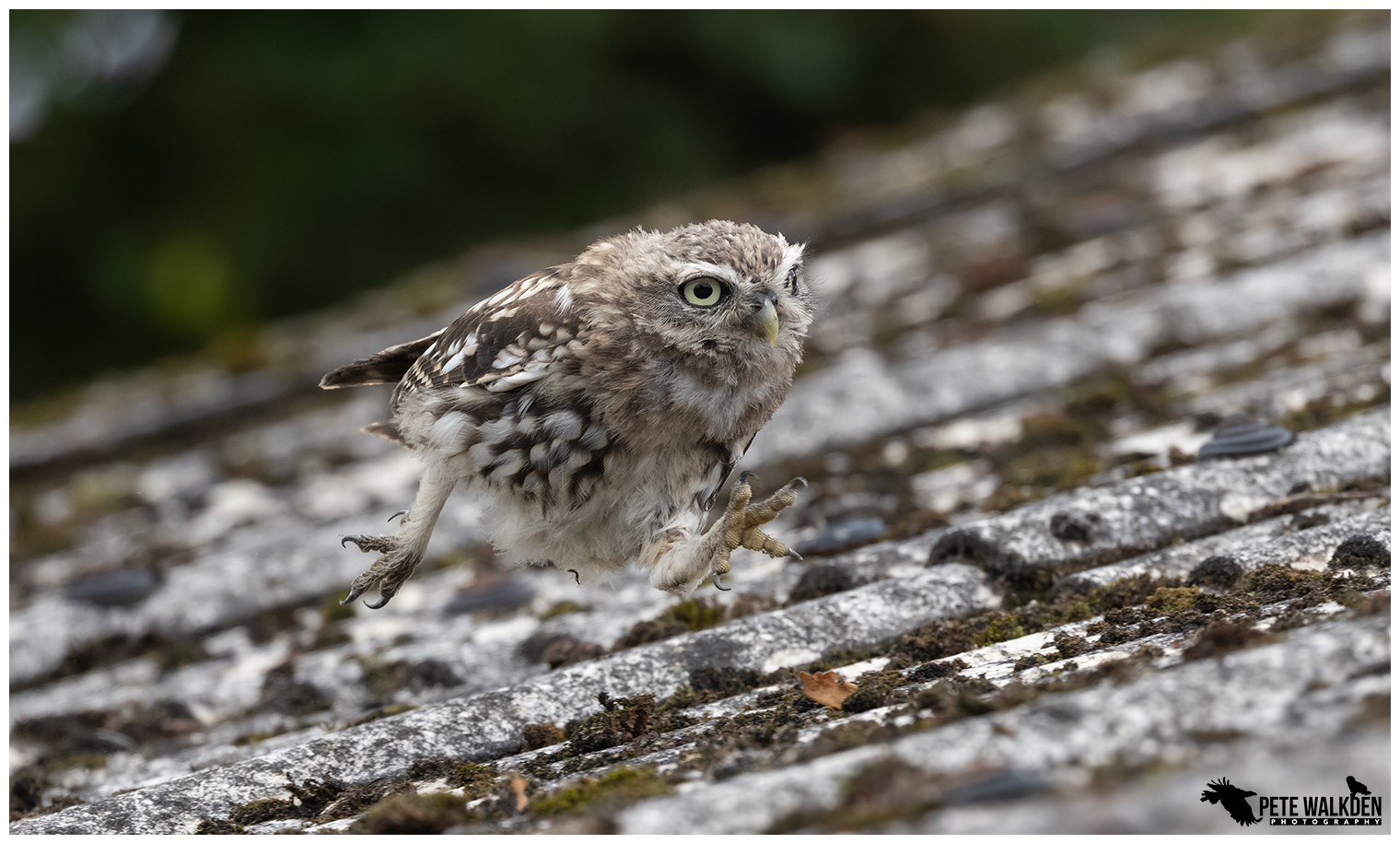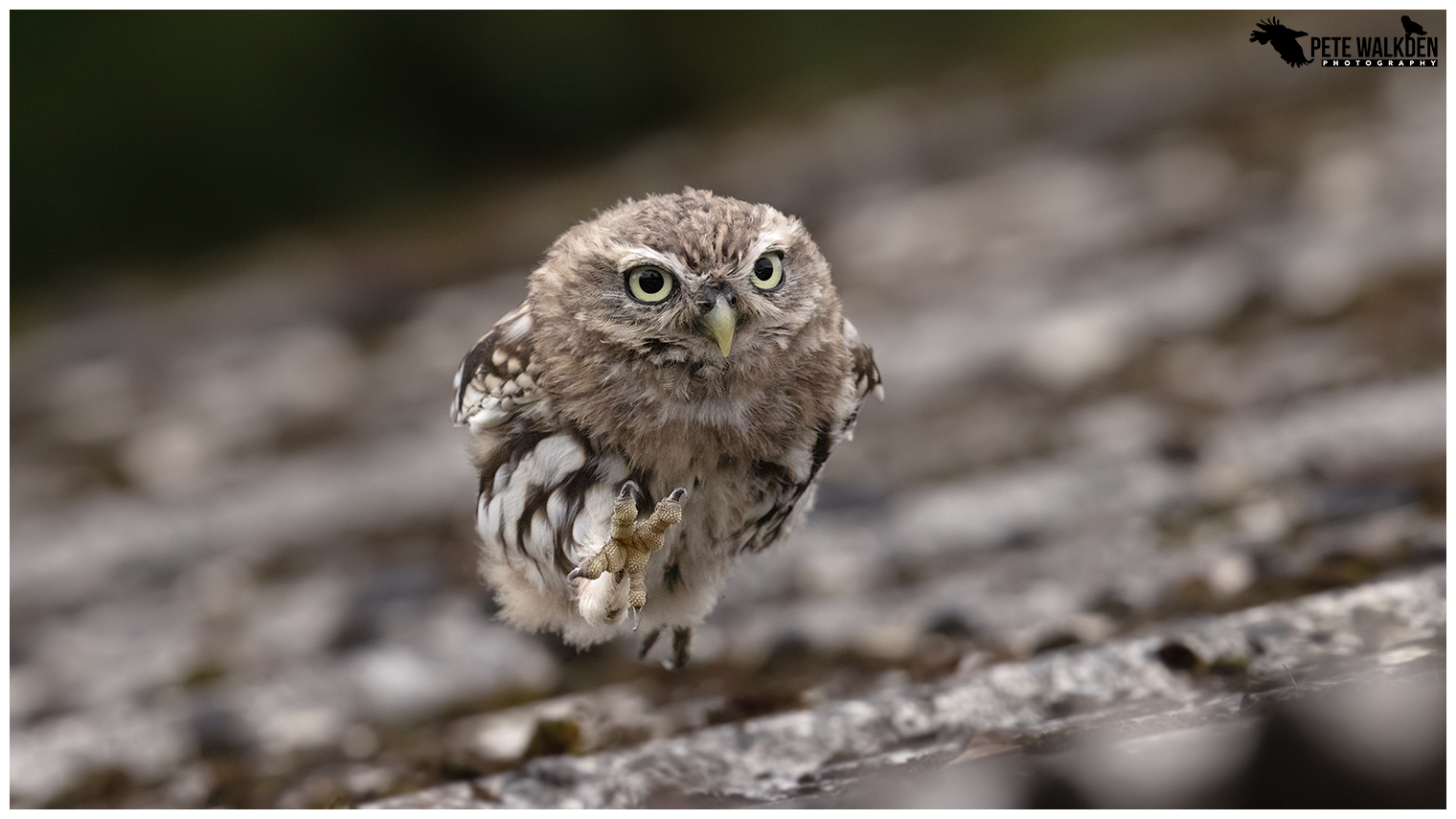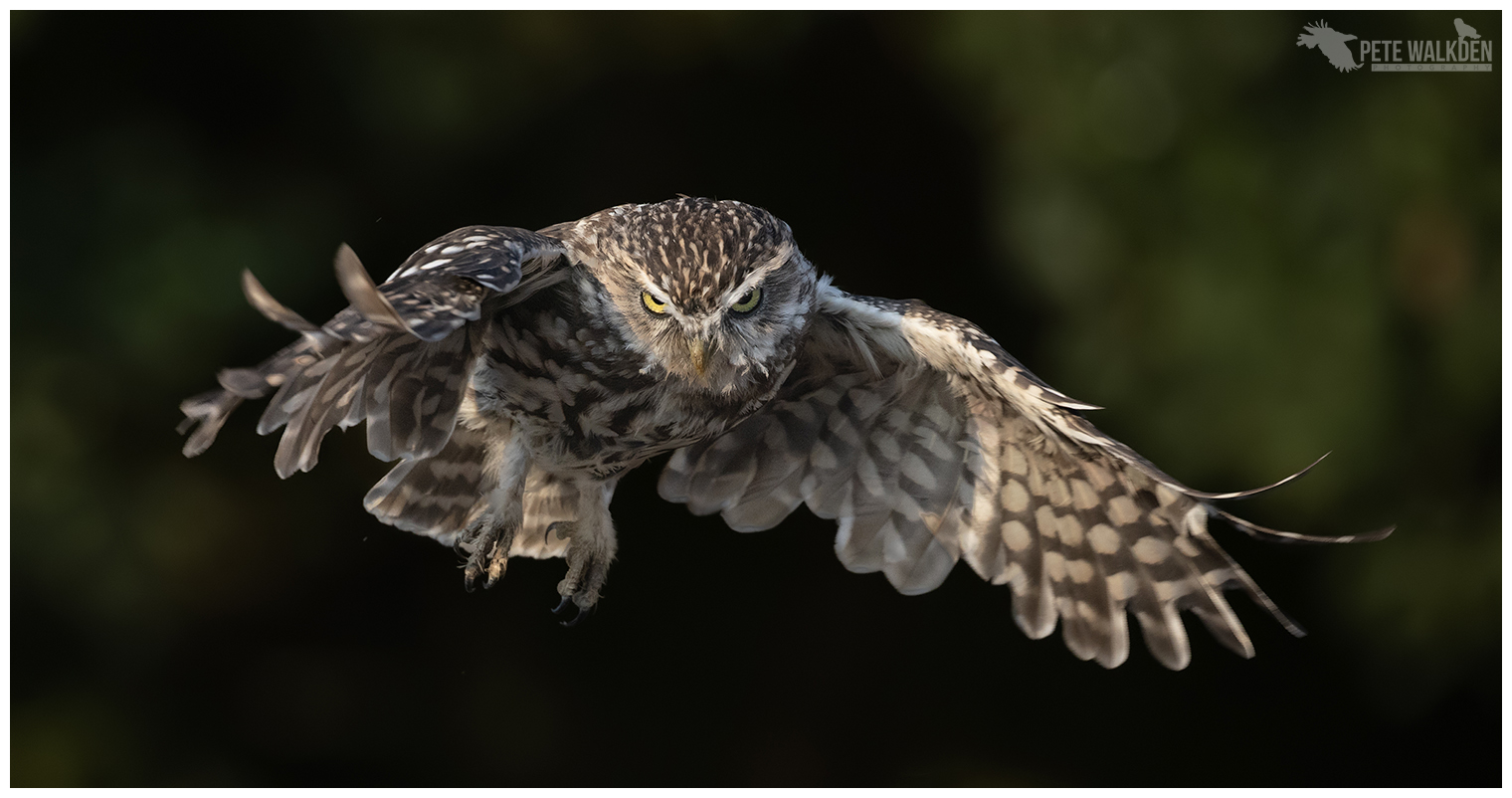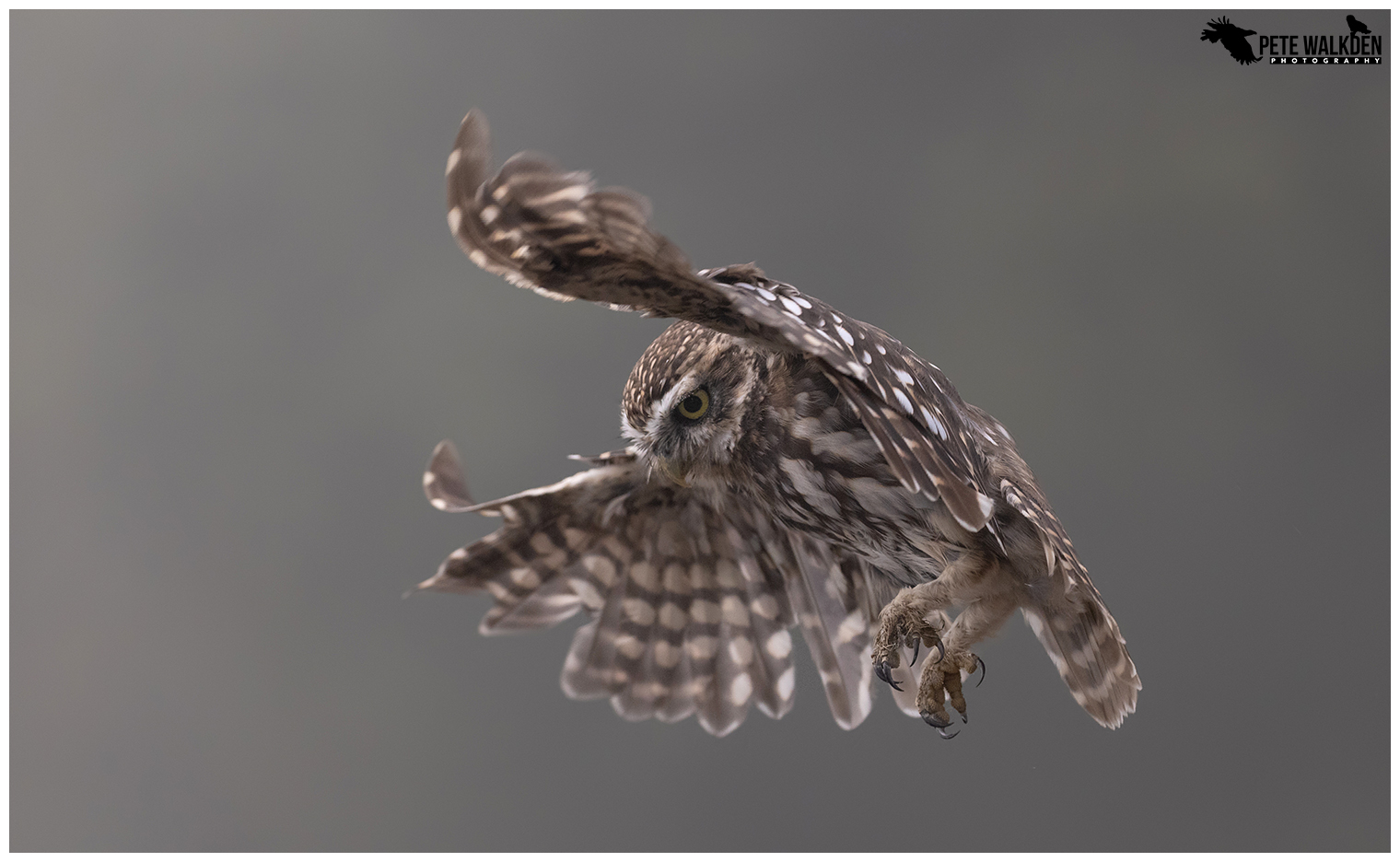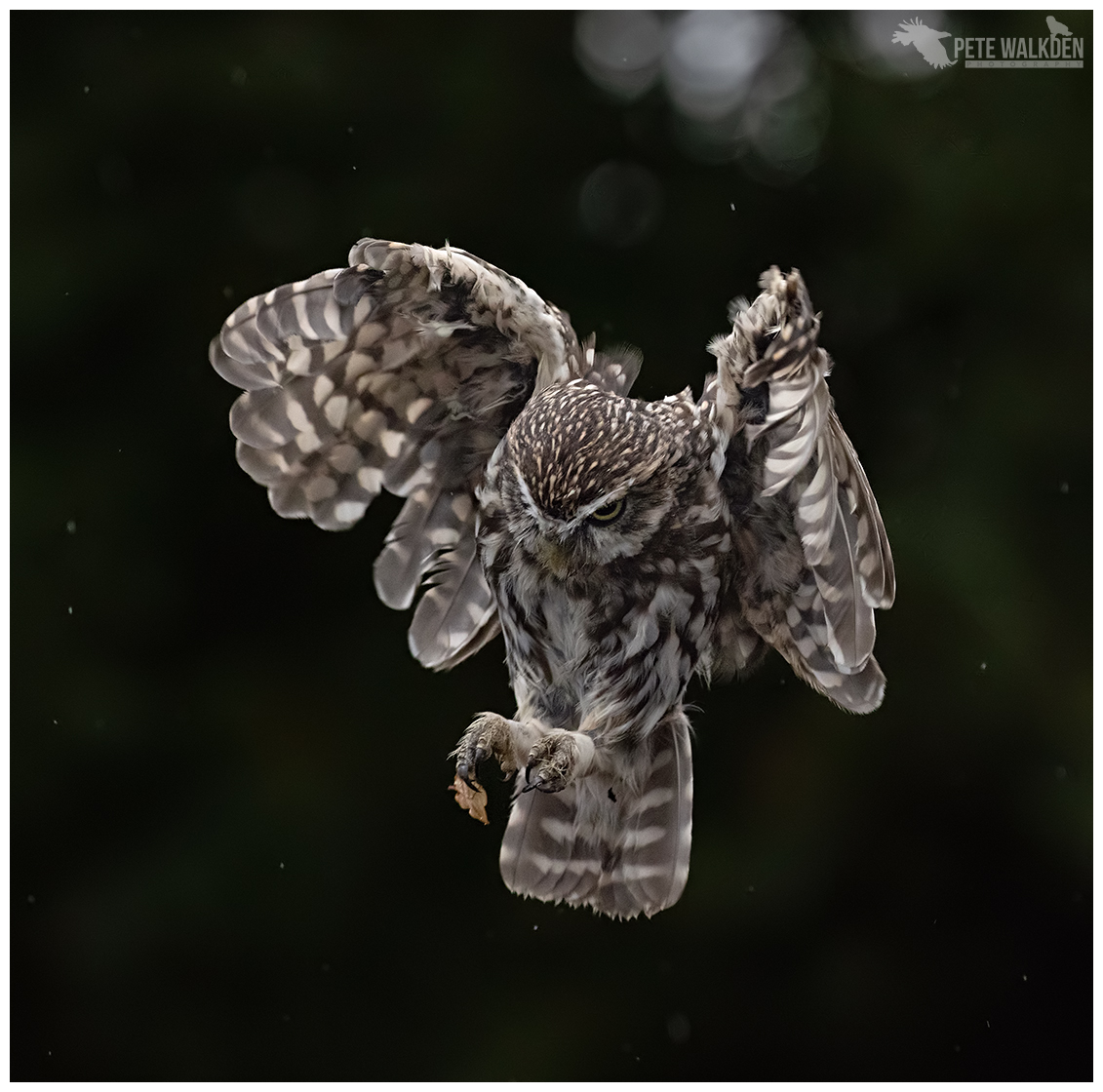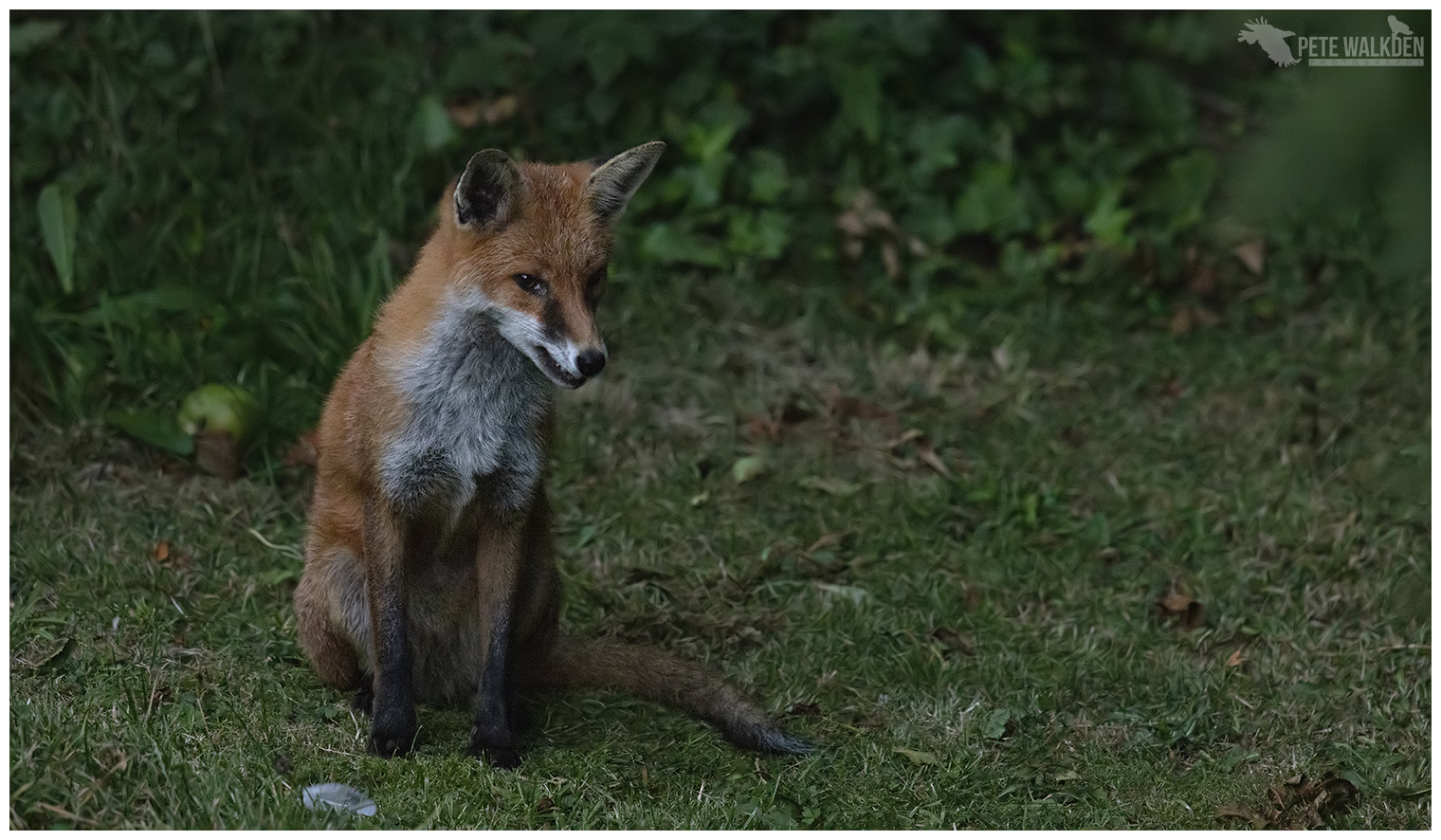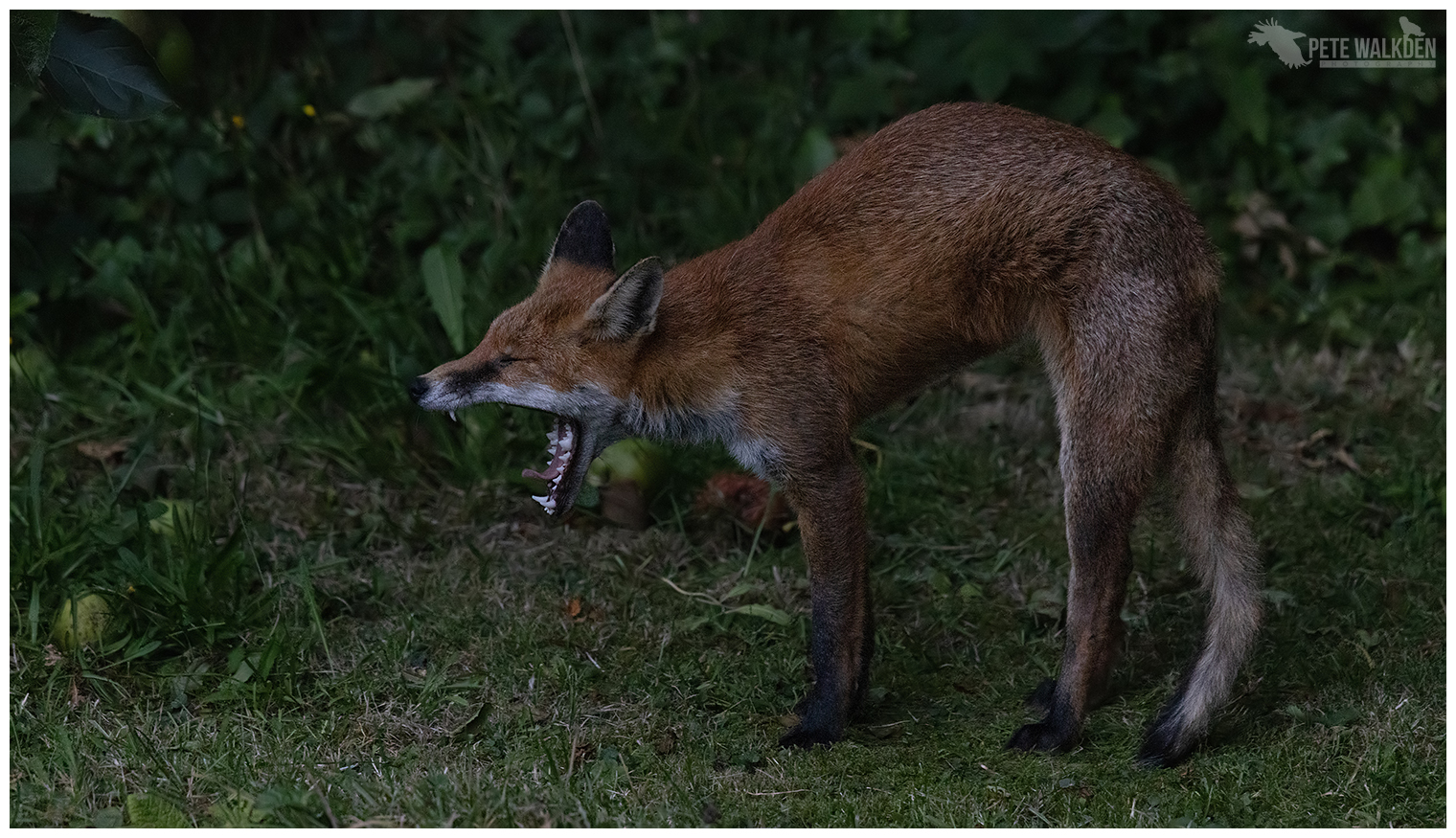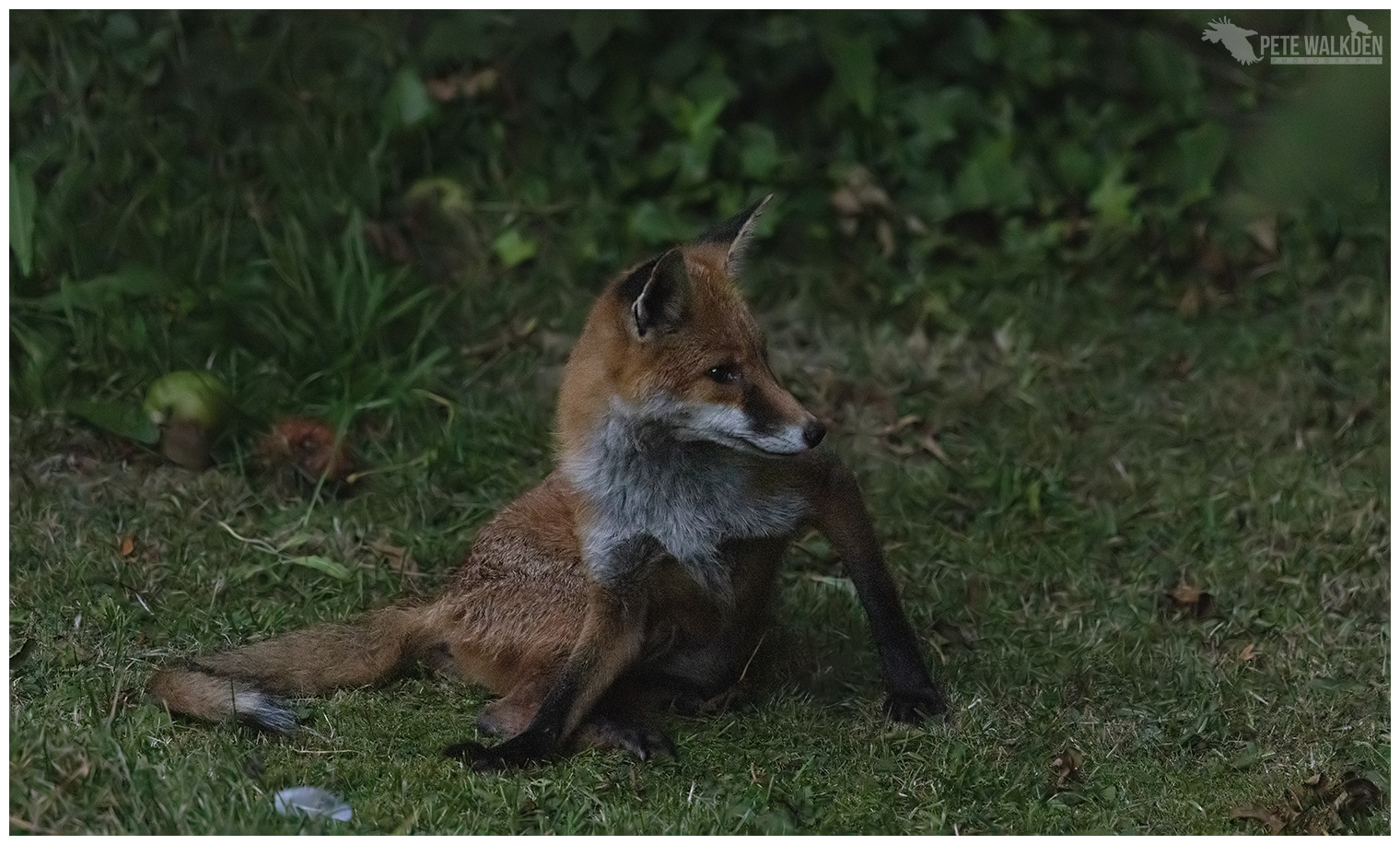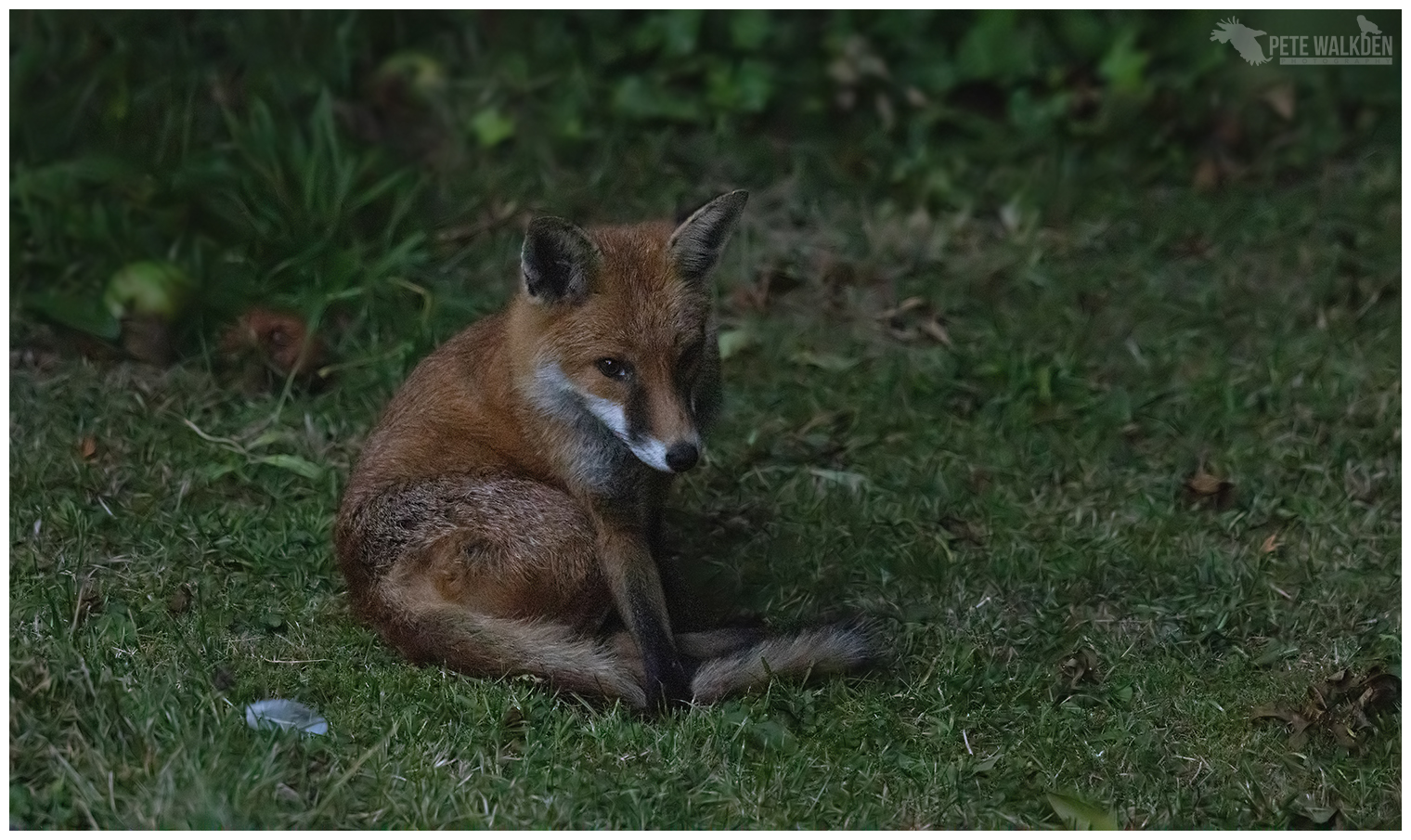
Walkstool
22nd January 2020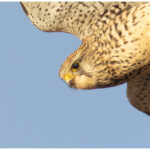
Canon EOS R7 – A Review
22nd January 2023Canon EOS R5 Review
Anyone that follows me on social media will have noticed by now that I have been singing the praises of a new camera I have invested in recently, the mirrorless Canon EOS R5.
I thought I ought to post something on here to try to convey my thoughts of it, and the reasons why I have gone for it, instead of perhaps the more logicial route of upgrading to another pro-body D-SLR.
Camera History
Prior to buying the R5 my main camera of choice was the 1DX, and it has been brilliant for the last few years. Since buying that, I've rarely used my newer 7D mk2, finding the focusing and image quality of the full-frame sensor camera better (in my opinion) than that of the cropped one. Admittedly since buying the 100-400mm mk2 I have started to use the 7D2 again, as the combination works really well, but 9 times out of 10, the 1DX is first out of the bag.
But a frustration of that camera is the sound of it.
Some of my favourite subjects for photography are sensitive to sounds. Otters and owls, for example, will often disappear if they hear something they don't like, and the 1DX, even on silent mode is clattery. And on such a mode, I'm limited to one-shot per press. So I miss action frequently, even though my finger can press the shutter release button a few times per second. I know the mk2 version has a multi-shot silent mode, but it's not silent, not even close.
Recently when watching a barn owl in late winter, it was painfully obvious the owl had heard the camera fire, and flew away pretty rapidly. Very annoying after a long, cold wait in the snow.
1DX Mark 3
Late last year (2019) I had been eyeing up the new Canon 1DX mk 3. I had read that it was the "best mirrored, non-mirrorless" camera to hit the market, and I was keen to see what it might offer to someone interested in a quieter life. Unfortunately the "mirrorless" electronic shutter mode it offers is only available when viewing the LCD on the back of the camera, and that simply isn't an option for me most of the time. A combination of reflections and my poor eyesight (close up) would make using this virtually impossible to use.
I have to say that I had been looking at switching over to Sony, as there is an adapter that allows these bodies to be used with Canon lenses. But I'd need to eventually swap over all my lenses, and that would be expensive... But then I caught the scent of the Canon R5.
Going Mirrorless
My first impression of the camera came when a friend visited the little owl site with one he'd received before my order had arrived, and despite him never attempting to photograph little owls before, or indeed many fast moving birds, he nailed some incredible shots of the owls as they scuttled over the barn roof. He'd been using the "animal eye" auto-focus tracking, and that whet my appetite for trying mine.
A few days later, and after an agonising wait for the battery to charge, I was watching the owls, ready to try the new camera out.
All I can say for that, and many sessions since, is "wow".
Eye Tracking AF
The animal eye AF tracking is absurdly good. I have the camera set up so one of the back buttons operates the normal single or multi-point focus mode (depending on what I have active at the time) and another is preset for activating the animal eye detection and tracking mode. It works a treat.
To try to put some context on to this, compared to my older cameras:
Running Owls
When the owls run across the barn roof, they're quick and "bouncy". Tracking them is difficult even for me, when I've seen it done probably thousands of times. Out of 20 shots taken of a sequence, on a bad day I might not get any, or if I'm on the ball, I might nail 3 or 4 images.
The R5 often nails between 15 and 20 such images. It is mind-blowingly good. So much so, that now I am surprised when it doesn't lock on and get a sharp shot.
Flying Owls
I'm sure some of you reading this will be thinking, "hang on a mo Pete, you've nailed loads of sharp flight shots of the little owls over the years so why is the R5 so special in this respect?", and you'd be right to ask.
Using my older mirrored cameras, to get a flight shot I would use a set-up similar to that used for the jumping red squirrels. I would place or find a suitable marker to focus on along where I hoped the owl would fly, pre-focus on it, and then more often than not, watch the action with my head away from the camera, and burst off some shots when the owl took flight. If I got lucky and timed the shot right, didn't move and the owl flew through the right area, I might get a shot. But mostly I'd fail to get anything. Thank goodness I wasn't using film!
The R5 changes all of this.
Simply put, it tracks the eye or head of the owl as it flies. As long as it doesn't get confused along the way, and I can keep the owl in the right place in the viewfinder, then it generally nails the shots. So now, when the owl flies from the barn roof to one of the perches, instead of perhaps getting one decent image from a dozen attempts (and by that I mean a dozen flights, and hundreds of images taken), I am usually getting several images of each flight.
It's not perfect, and sometimes focuses on the wing or the technology is fooled by the background. For example, one day recently it kept identifying a bird dropping on the barn roof as the "eye" and ignoring the owl perched next to it.
But overall, for the running images my hit rate is probably around 80% now, and for the flight shots, over 50%, which is remarkable. I'm leaving a session with the owls, with more flight shots from a couple of hours than I'd achieve in the whole of a month, using the older gear.
And another benefit comes when the owls are perched, and looking left or right. You know the issue... you've set the shot up, moved the focus point over to the owl's eye as it's looking in one direction, so there's room in the shot for where it's looking, and it turns its head the other way. With the eye tracking, I can simply drag the owl across the frame so it's looking into the empty space, without having to touch or move any focal points.
Silent Mode
The camera has 3 shutter modes. I've been using the electronic one the most, as it is totally silent and offers 20 frames per second. There is a mechanical shutter too, that can manage 12fps and is there for when I might use the camera on subjects that are moving very quickly (and I might see the dreaded "rolling shutter" effect) such as a helicopter's rotor blades, or if I'm shooting indoors under artificial lighting, when banding can be seen on images.
I hardly ever shoot such subjects or anything much indoors.
I've not been able to try the camera out on barn owls yet or otters, though hopefully that'll change soon, when I can get back to the west coast of Scotland. But the thought of engaging the R5's incredible focusing system on these subjects, and being silent with it, and capturing 20fps is a wonderful prospect.
R5 or R6
Along with the R5 came the sibling, the R6. Also a mirrorless camera, but cheaper to buy. So why did I stump up for the more expensive one?
The idea of a 45MP sensor definitely appealed to me more than the cheaper camera's 20 odd MP count. I know the R6 has a slightly better ISO range than the R5 and also features slightly more "focus zones". But the R5 has plenty from what I have seen, and a significantly higher number than the 1DX3 for example.
The R5 also has a more weather-proofed body, which for me, when out photographing otters and hares in unpleasant conditions should be a help.
The 8K video option on the R5 isn't something I'm interested in right now, but to have it there already is a bonus, and I'm sure at some point I'll have a play with it, maybe with otters for example, when the light is just too dire for stills, and a video might work better... and because it's 8K, I can extract frames from such a clip, and get a very decent quality still image.
Battery Life and Over-Heating
The battery life of the R5 isn't anywhere near that of the 1DX, and from all accounts, the 1DX3 is even better than that old workhorse. But the figures stated on Canon's own site for shot counts from a single charge are nothing like what I have seen.
It is said that a full charge can see between 310 and 490 shots depending on outside temperature and whether the viewfinder or the LCD is being used.
I've taken over a thousand images, using a mix of the electronic and mechanical shutter, and the battery has shown around 70% remaining.
But, and there is a "but" here. You have to get used to switching the camera off when you're not using it, and I have the viewfinder so it times out very quickly, to save power. You're not looking at a mirror anymore, that can show you what the camera is pointing at when nothing is powered. You're looking at an OLED viewfinder and that is using power whenever it's on. A downside of a mirrorless system.
As for overheating, I've read on some reviews (admittedly with the original firmware) that people have had the camera overheat after taking 300 images. Well, I've taken hundreds of images (with the latest firmware), and the camera hasn't even become tepid. Maybe it'd overheat when recording minutes of 8K footage, but I'm unlikely to do that too often. The file sizes of the 4K videos are large enough, let alone dealing with twice that.
File Sizes
Which leads to another cool feature with the R5. A 45MP sensor is going to yield large RAW files, so my hard drives will be filled up rapidly with the new images. Or so I thought until I read about CRAW. This is a compressed version of the RAW file, and sees image files no larger than those from my older cameras. And the magic of this format is that the loss of data, and there must be quite a lot of it somewhere, doesn't seem to affect the image quality of the files.
I've seen a clip on YouTube where the user has deliberately under-exposed an image by several stops, and then brightened it up, to compare the CRAW file with the full-fat RAW file, and it's only here that the tiniest loss of detail can be seen.
But as the viewfinder on the R5 shows you what you're taking (most of the time, see below), and doesn't rely on the user's knowledge and experience of watching the metering on each shot, you're unlikely to ever find yourself under-exposing a shot by that much.
Problems?
So far I have seen two issues with the camera.
Firstly the IBIS (In-Body Image Stabilisation) sometimes conflicts with that in the lens attached, and can make the image drift and bounce. I've found that switching the camera off and on again solves this. But I've heard other people mention issues with the lens IS too.
I am of course only using EF lenses via the adapter, not the proper RF lenses on the camera.
Secondly the viewfinder image brightens the scene up when looking at subjects in very low light.
I wanted to see how the camera would handle higher ISO levels, so when a fox decided to visit the garden at dusk recently, I thought I'd have a play. I rarely push the 1DX above ISO 3200, so I wanted to see what I could get away with on the R5.
Whilst testing, I did the cardinal sin of not reviewing the images, assuming what I was seeing on the viewfinder was what I'd be getting.
Not so. In normal light, it's bang on, but here it had brightened the image up, and my shots all came out rather dark.
Even so, that meant I could test what detail I could yield from under-exposed images at high ISO levels, and I was impressed. The fox images here are at ISO levels of up to 16,000. I'd not get any detail back from that setting on the 1DX, and the 7D2 would look like I'd created a mosaic! To process these images, I've used Lightroom, then PhotoShop and also Neat Image to control the noise, as a plug-in.
Accessories
I am tempted to buy the battery grip. More for the ergonomics of the camera, after using the 1DX for years, I am finding the R5 a little small in my hand. Plus the additional battery within it might be helpful when out for a long session, or if I can't get to a power supply for a day or so.
The RF lenses are also appealing, especially the 100-500mm zoom, which is apparently lighter in weight than the 100-400mm. Having that bit more reach for say otter photography, but without the weight of the 500mm prime might be very useful.
And the IBIS opens up another avenue to me. I haven't got the steadiest hands, which is why I went for the 100-400mm zoom back in 2006, instead of the 400mm prime, as the zoom had IS.
Now that the camera body itself has IBIS, it means I can try out some lenses that were only ever going to be tripod-mounted before, in particular the wonderful macro MP-E 65mm Canon lens. Having learned how to do image stacking during lockdown, I've hankered for a lens revealing more detail on the invertebrates and other tiny subjects I've attempted to photograph to date.
Final Thoughts
I believe mirrorless cameras are the way forward. I reckon Canon will develop a version of the 1DX but with a mirrorless system inside as their next flagship professional body, so to be already immersing myself in this new world is surely a benefit to me. I may well take the plunge with such a professional body when it arrives, but for now, the R5 is more than enough to keep me happy.
Further Thoughts - March and August 2021
I've had the R5 for some time now, and thought it was time to add some more content to this post, based on using the camera for a lot longer now, and on different subjects.
Pros:
Sensor Detail
The sensor detail still blows me away. To be able crop really hard on images, and still get significant detail out of them, means lenses effectively have more reach. And when subjects are in range, and fill the frame, the level of detail is incredible.
Emulation Mode
When attempting to track puffins in flight, against a very contrasting sparkling background, the tracking would not lock on or retain focus on the birds. However, I found by disabling the Emulation Mode on the EVF, the focusing reverted to the normal incredible performance, and locked on almost immediately. Having this ability to use the emulation mode for some images, and disable it for others, to get the best AF performance, is fantastic.
Cons:
Electronic Viewfinder Wake-Up Delay
One annoying issue with the camera is the slight delay before the electronic viewfinder wakes up. To save power, I have most things set to turn off quickly, including the EVF. But there's a fraction of a second between the camera sensing your face is being pressed against the back of the camera, and the EVF activating, and it can mean missing a shot. Something I need to get used to, or perhaps get into the habit of waking up before the camera reaches my face.
Camera Body Size
The R5 is quite a small camera and I have found, especially when using my 500mm f/4 lens, holding the camera can cause a bit of pain in my hand, from not being able to grip down the side of the body. As such, I've invested in the BG-R10 battery grip to make the body larger. Of course this increases the battery life with it having two batteries inside, and also gives me a set of controls to use for portrait images, rather than having to twist my wrist over to those on the top.
Auto Focus Animal Detection Issues
As wonderful as the auto-focus system is, it can still search for items, both at a distance, and close up. Recently I had a stonechat perched on a plant beside the car. The camera just wouldn't focus on it, leaving me with a big blur in the EVF. I had to pre-focus on a post nearby, roughly the same distance away, to then move to the bird, and focus on it. Similarly, when photographing a red-backed shrike last year, it simply wouldn't pick up the bird despite it being on a branch, out in the open, with nothing distracting nearby. In that case, I manually focused the lens to where the bird was, and then it worked.
I've also found the eye-tracking to miss the head of birds in flight. It quite often picks up the wing tips instead, or the tail.
I solve this by having another "back button" configured to activate normal AF, so if the "magic" one isn't working, I just revert to the normal mode instead, just by pressing the button beside it.
Single Point AF Accuracy
Given the size of the AF square shown during the animal-tracking mode, I can't understand why the single point AF square is so large. It often means the focal point is simply too large to hit what I'm trying to focus on. For example, an otter, sitting low in seaweed, with just the top of its head to focus on, and the camera cannot, with the supposedly most accurate point, pick it up. I find this frustrating, as the focus squares shown in animal-tracking are considerably smaller and hence more accurate.
Firmware Updates
It will be interesting to see if Canon offer any fixes to some of these issues via firmware updates. Stay tuned.
Update (November 2022)
Canon kindly provided a cool firmware update so that the R5 could track vehicles like its more expensive sibling the R3. I used this on the Mull Rally this year, and it works really well.
Weather Sealing
Mull is a wet place to live, and as such, my camera is going to get damp from time to time. I have mine always protected from the elements under a Wildlife Watching Supplies waterproof cover, but my hands get wet, and as a result, so does the camera.
The R5 is really prone to misting up. The viewfinder, that is. The camera still works, but it can be tricky to see though the misted area, and it can take hours to demist. Not good really, for something claimed to be as weather-sealed as the older 5D bodies. My 7D never misted up and that got drenched on occasions.
Also, and more worrying, is the front dial, which I use for controlling the shutter speed, also suffers in the wet, and stops working. I have a workaround, as my grip has the same dial, but it's not easy to reach when holding the camera, especially if I have a large lens attached.
Crashes
For a while I seemed to be getting crashes every day, sometimes several times an hour. It got to the point where I considered that I might have to buy another camera.
Then I read something on a forum from a guy who writes firmware software, not for cameras, but other hardware and he suggested resetting the camera back to factory settings, and then reconfiguring it, after a firmware update. This is simple to do as the camera can save the settings to a card, then reload after the reset.
Happy to report that it's worked. Sure, there are very occasional crashes now, but they are few and far between. I'm still tempted by the R7 as a backup though!
High ISOs
If you're afraid to push the ISO on your camera above say ISO 3200, let me tell you something. Try one of the latest noise reduction software packages directly on the RAW file (and if you're not using RAW, why on earth not?!) and see what it can do, just on the auto setting. I personally use Topaz Denoise, and it works wonders on images of up to ISO 16,000 on my R5. Beyond that, it might struggle, especially when I'm cropping into the shot.
Why? Well if you use Topaz or one of the others as a plugin, within Lightroom or Photoshop, the software creates a TIFF file to be processed, not the original RAW file, so you're losing data. When using the noise reducing software as a stand-alone package and loading the RAW file into it, it gets all the data, and can use its own RAW processing.
I'm now able to shoot confidently at much higher ISOs than ever before, knowing Topaz will sort the files out, before I continue with my usual process flow, through Lightroom and Photoshop etc.

